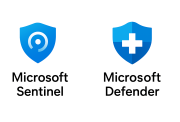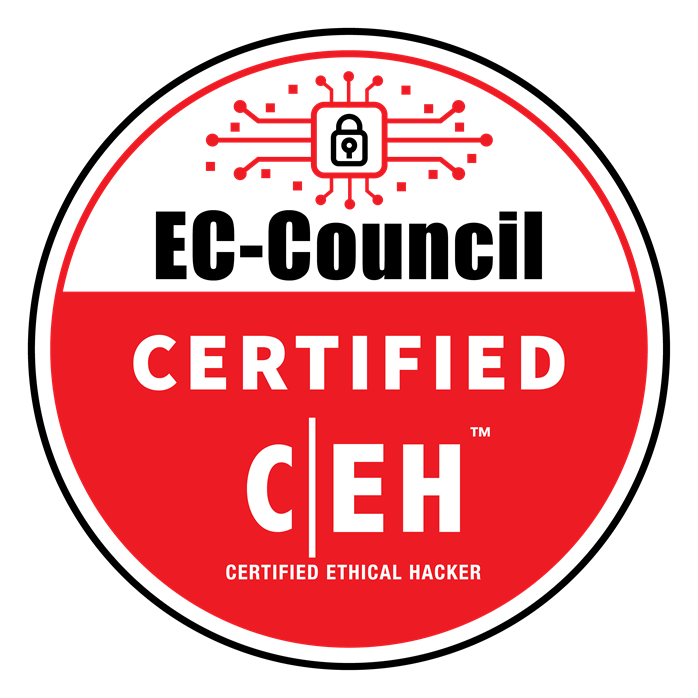Certification Certified Ethical Hacker
EC Council (European Council)
This course offers rapid but rigorous preparation for the European Council's Certified Ethical Hacker (CEH®) exam. Participants will learn how to evaluate, test and penetrate their own systems. Through a series of practical exercises, they will acquire an in-depth knowledge of security systems. Participants will start by learning how perimeter defence works, and then learn how to attack in order to validate the security of their own networks without causing any real damage. The course enables participants to analyse the various stages of an intrusion, from recognition to escalation of privileges, and to identify the steps they need to take to ensure the security of their environment. Topics covered include intrusion detection, process creation, social engineering, DDoS attacks, buffer overflows and virus creation. By the time participants have completed the 5-day course, they will have experienced the whole concept of ethical hacking.
The purpose of CEH certification is to:
- Establish and regulate minimum standards for professional certification in information security
- Inform the public that accredited persons meet or exceed minimum standards
- To strengthen ethical piracy as a unique profession

A propos de l’examen
- Number of questions: 125
- Test duration: 4 Hours
- Test format: Multiple choice
- Test delivery: ECC EXAM, VUE
- Examination number: 312-50 (ECC EXAM), 312-50 (VUE
Duration
On-line
In video
Self-training
Prerequisites
- CEH® candidates must have at least two years' technical experience in information security and be approved by their employer.
- Good knowledge of TCP/IP
- Good basic knowledge of Linux
Information security
TCPI/IP
Linux base
Objectives
- Acquire the knowledge required for successful CEH® certification govern minimum standards for professional certification in information security
- Master the knowledge and concepts of ethical piracy
- Acquire a general understanding of the types of attacks linked to the environment
- Provide participants with a global vision of the security risks to their systems and master counter-attack methods
Programme
- Module 0 - Introduction to EC-Council
- Module 1 - Introduction to hacking
- Module 2 – Footprinting and recognition
- Module 3 – Network Scanning
- Module 4 – Systems Enumeration
- Module 5 – Information Systems Hacking
- Module 6 – Trojans Horses and Backdoors
- Module 7 – Viruses and Worms
- Module 8 – Sniffers
- Module 9 – Social Engineering
- Module 10 – Denial of Service Attacks (DoS)
- Module 11 – Session Hacking (Hijacking)
- Module 12 – Web Server Hijacking
- Module 13 – Web Application Hacking
- Module 14 – SQL Injection
- Module 15 – Wireless Networks Hacking
- Module 16 – Mobile Platforms Hacking
- Module 17 – Parade for IDS, firewall and Honeypots
- Module 18 – Buffer Overflow
- Module 19 – Cryptography
- Module 20 – Intrusion tests









